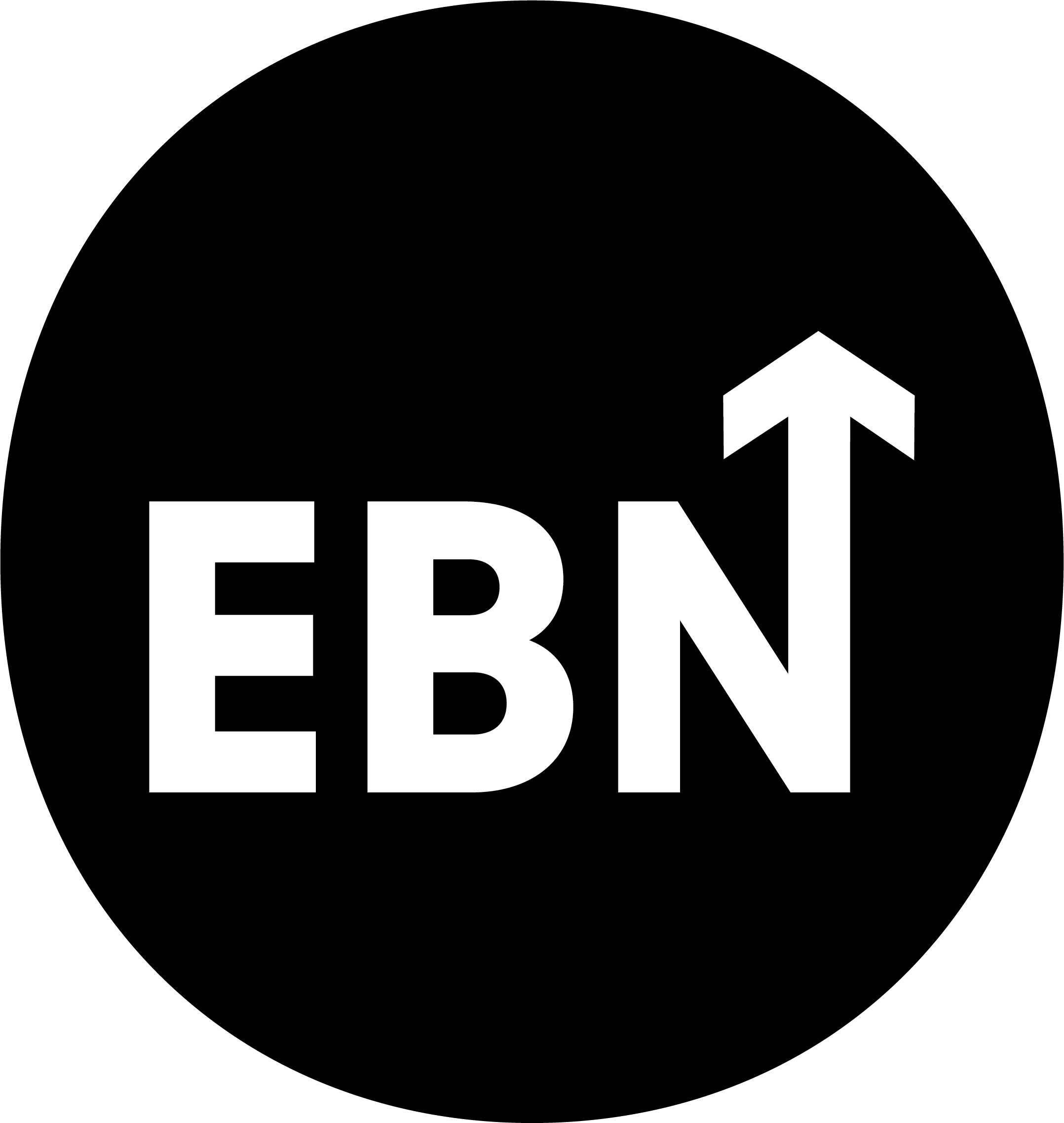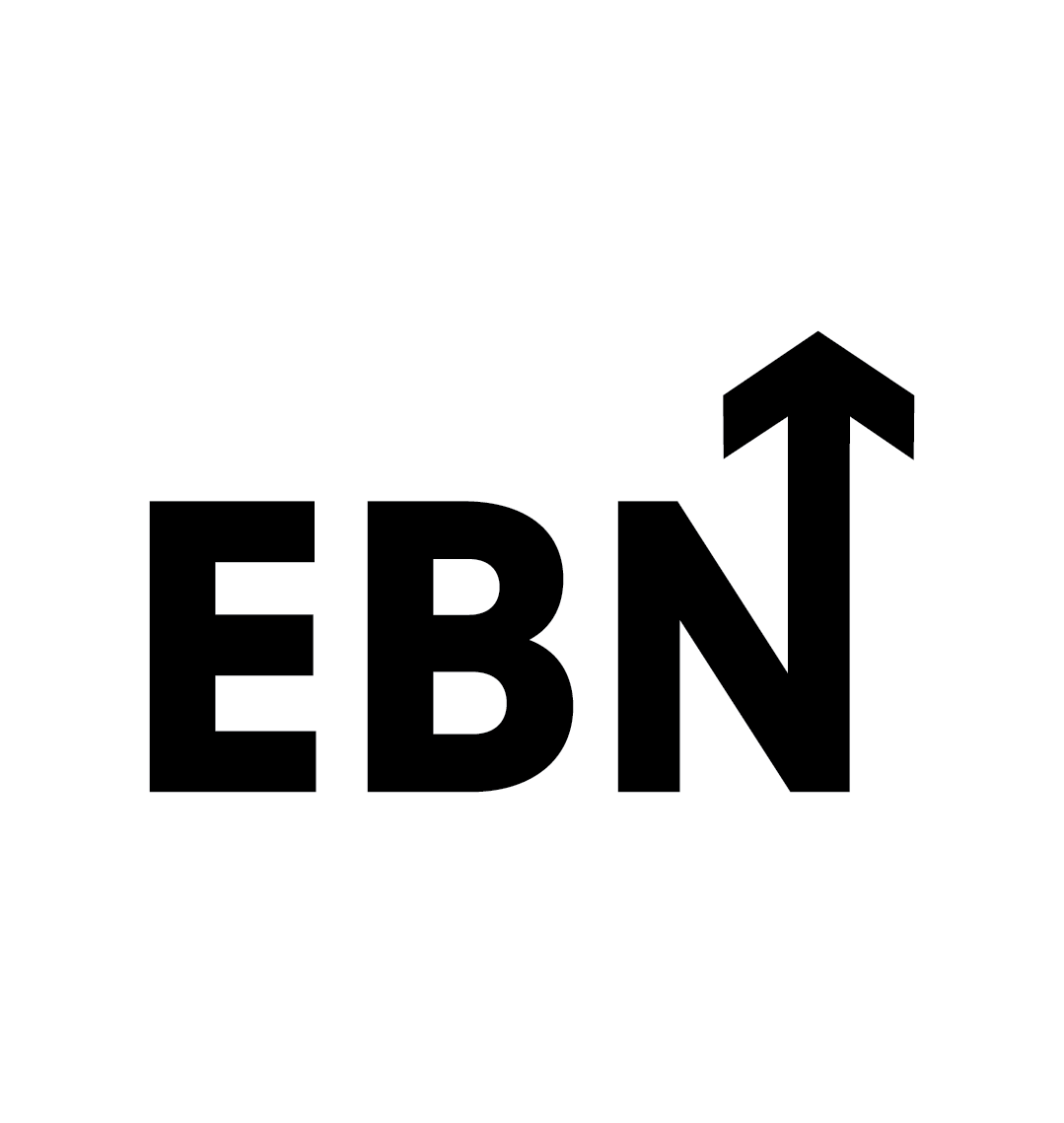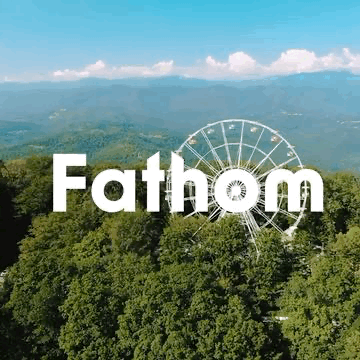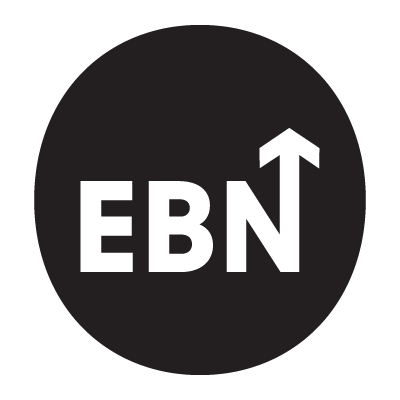For all the hype about hybrid models, wellness apps and even deeper things like meaningful work, the thing employees often value most at work might be the oldest and simplest... friendship.
KPMG’s Friends at Work Survey shows just how much the idea of having mates at the office – or even on Zoom – matters. Four out of five professionals say workplace friendships are important, and most go further, linking them directly to their engagement, satisfaction and performance. Nearly seven in ten believe close work friends make them better at their jobs. Stats that should get any discerning CHRO listening.
Momentum isn’t always progress, especially when you always end up back where you started.
Fathom helps you escape the loop. With insight, not intuition.
Productivity and output, as important as they are, aren’t even the whole story. Seventy-eight per cent of those surveyed said friendships are vital for mental health, whether it is having someone to listen during a rough patch, or just adding a bit of joy to the day. Yet a quarter of professionals still report feeling isolated at work, with women more likely than men to experience loneliness.
“Those workplace rants among colleagues – are they toxic or a much needed form of catharsis”?
The limits of digital culture
Most employers have doubled down on digital tools to hold teams together. But the survey makes clear that software cannot do the heavy lifting of friendship. Almost six in ten employees believe technology has created an over reliance on digital channels and diluted down the human interactions that build real trust. Remote workers in particular struggle to make friendships stick. A third admit it feels near impossible.
If culture is reduced to a steady diet of Slack updates and Zoom calls, then loneliness and isolation become the byproduct. Companies may think they have built a hybrid culture when, oftentimes, what they've built is distance.
Work Friendships by the Numbers: KPMG Survey
Friendship is not a perk, it is infrastructure. The data below shows how close colleagues drive engagement, satisfaction, and mental health, and why overreliance on digital tools and the cost of socialising are getting in the way. Use it as your quick brief for what to design, fund, and measure next.
| Theme | Metric | % (overall) | Notes / Commentary |
|---|---|---|---|
| Importance | Say work friends are highly important | 81% | Culture isn’t a poster; it’s people. Treat friendship as a design principle, not a happy accident. (KPMG) |
| Baseline | Have at least one work friend | 79% | A majority have at least one friend—so the bar isn’t “introduce friends,” it’s “help more friendships thrive.” (KPMG) |
| Mental health | Say friendships provide positive mental-health benefits | 78% | Wellbeing budgets are nice; trusted colleagues are better ROI. (KPMG) |
| Engagement | Feel friendships help them feel engaged | 83% | Engagement software measures the score; friendships move the score. (KPMG) |
| Satisfaction | Feel more satisfied on the job | 81% | Job satisfaction rises when work includes someone worth staying for. (KPMG) |
| Connection | Feel more connected to their workplace | 80% | Belonging is local: built in small circles before it scales to culture. (KPMG) |
| Mental-health driver | Close friendships have the greatest positive impact | 43% | Biggest lift overall; effect is strongest for entry-level (63%) and tapers at senior levels—train managers to enable, not replace, peer support. (KPMG) |
| Support: empathy | Friends act as a sounding board in tough times | 48% | The original EAP: empathy, available on demand. (KPMG) |
| Support: resiliency | Greater resiliency | 42% | Resilience is social, not solo. Build pairs and crews. (KPMG) |
| Support: belonging | Stronger sense of personal connection/belonging | 41% | “We” beats “me” in retention math. (KPMG) |
| Loneliness | Feel isolated/lonely at least sometimes | ~25% | A quarter feel alone; without friends it spikes to 69%, and 53% if they think friends “aren’t important.” Target these cohorts. (KPMG) |
| Barrier: tech overuse | Over-reliance on digital channels is a major barrier | 58% | Slack ≠ friendship. Engineer more face-to-face micro-moments. (KPMG) |
| Barrier: fewer collisions | Fewer “water-cooler” interactions | 28% | Redesign layouts and rituals for serendipity. (KPMG) |
| Barrier: optics | Concerns about favoritism | 26% | Set guardrails so “mateship” doesn’t look like bias. (KPMG) |
| Cost barrier | Finances/economy limit socializing outside work | 54% | Underwrite low-cost, inclusive options; impact is highest for Hispanic (68%) and women (61%). (KPMG) |
| Employer role | Companies should facilitate interactions | 84% | Don’t mandate friendship—make it easy and safe to form. (KPMG) |
| Retention signal | Company’s approach matters when deciding to stay | 83% | Friendship design is a retention strategy, not a perk. (KPMG) |
| Attraction signal | Matters when considering a new job | 81% | Candidates screen for connection as much as comp. (KPMG) |
| Employer belief | Company believes friendships boost happiness/satisfaction | 82% | Leaders “get it”—now budget for it. (KPMG) |
| Employer belief | Company believes friendships boost productivity | 81% | Productivity follows proximity (socially, not just physically). (KPMG) |
| How to build | Regular catch-ups (work + non-work) | 45% | Codify “small talk” as a big practice. (KPMG) |
| How to build | Personalize communication | 39% | One-size-fits-none. Nudge managers to tailor touchpoints. (KPMG) |
| How to build | Non-work events/activities | 38% | Friday drinks won’t include everyone; vary formats and times. (KPMG) |
| How to build | Support colleagues’ personal goals | 34% | Celebrate progress outside the job—community forms fast. (KPMG) |
| How to build | Celebrate occasions | 31% | Rituals glue teams together—make them inclusive. (KPMG) |
| Least effective | “Go to the office more often” | 16% | Presence without connection doesn’t fix the problem. (KPMG) |
| Meeting mode | Met a workplace friend virtually (entry-level) | 19% | Virtual is the rarest origin story—design hybrid intros intentionally. (KPMG) |
Source: KPMG, Workplace Friendships Play a Critical Role in Employee Mental Health, Job Satisfaction (press release, Nov 19, 2024). KPMG
Money, time and the social squeeze
Another quiet barrier is money. More than half of respondents said personal finances or the wider economy limit their ability to socialise with colleagues outside work. That means employers cannot simply leave friendship to Friday drinks. If people are counting the cost of a drink or a meal, then organised, inclusive and low-cost events become even more important for building the underlying social glue of the organisation.
“Culture does not just happen. It often needs underwriting and careful cultivation”.
Helping HR, talent acquisition, employer branding, and company culture professionals find careers worth smiling about.
What employees actually want
When asked how employers should help, the answers were refreshingly straightforward. Social activities and employee resource groups top the list, followed by office layouts that encourage casual encounters. The bottomline is simple; employees expect their organisations to create the conditions where friendships can form.
The problem is the gap between rhetoric and reality. Most professionals believe their company talks up the value of friendships and caring. However, far fewer believe leaders do much about it. The other issue is inclusivity. Those afterwork drinks can be a wonderful and highly social release for some, and a total nightmare for others. If the idea is to include everybody every time, it’s not an easy task.
Having, myself, managed teams in Singapore, Dubai, and the United Kingdom, I can attest to how tricky it can be to get this right. Some drinks in a local pub after work may feel like a no-brainer after a long office day in London, but isn't that way in Singapore. As for Dubai, no pubs and different attitudes towards drinking rule this out completely. So what then?
Leadership and loneliness
For employees without close work friends, managers take on an outsized role. A third of respondents said their group leader has the biggest impact on their happiness at work. Yet many managers are seen as purely functional – good at coaching and teaching, less good at showing genuine care.
For employer branding, this is a blind spot. Values on a careers page mean little if everyday interactions feel transactional and contradict what was sold. Friendship, or at least the possibility of it, is what makes culture credible. If nobody in your workplace were friends, how do you think you'd describe the culture if asked?
And it works both ways. As they say... it’s lonely at the top. Being a manager and knowing where to draw the line between what’s seen as professionalism and when friendships get more ‘real’, is tightrope walking act. This is an area where I feel middle and upper management levels need to have a more open dialogue. Supporting managers, at least with training and guidance, could give them the skills and guardrails they need to get this right more often.

Why this matters for employer brand leaders
Three lessons stand out. First, employers should stop treating “culture” as a mood board. Instead, connection in the workplace should remain central and leaders should ask the blunt question: do employees actually have friends here? Second, design for friendship. That means investing in social spaces, shared experiences and employee groups that cut across teams. Third, give managers permission to be human. Training and incentives should focus as much on empathy as they do on efficiency.
Employer branding is ultimately about proof. You can say you care about belonging, but the true test is whether employees can point to someone in the office who would notice if they were gone.
Feelings of belonging don't come from tasks, they come from the people you do those tasks alongside.
In the end, the most powerful benefit you can offer is not unlimited annual leave or a perk-filled app. It is the reassurance that, when the day turns sour, as they inevitably will from time to time, there is someone at work who will sit down, listen, and maybe even buy the next coffee.
Momentum isn’t always progress, especially when you always end up back where you started.
Fathom helps you escape the loop. With insight, not intuition.
Takeaways
Friendship is culture
Workplace friendships aren’t soft perks. They are the foundation of belonging, performance and retention.
Digital has limits
Workplace tech like Slack and Zoom keep work moving, but they don’t build trust. Real culture needs real encounters.
Money is a barrier
When the cost of a pint feels heavy, employers must step in with inclusive, low-cost ways to connect.
Leaders matter most
For employees without close friends, managers are the anchor. Training leaders in empathy is a brand investment.
Employer branding proof
EVPs often promise belonging. Friendships are how employees test whether the story holds up in real life.







